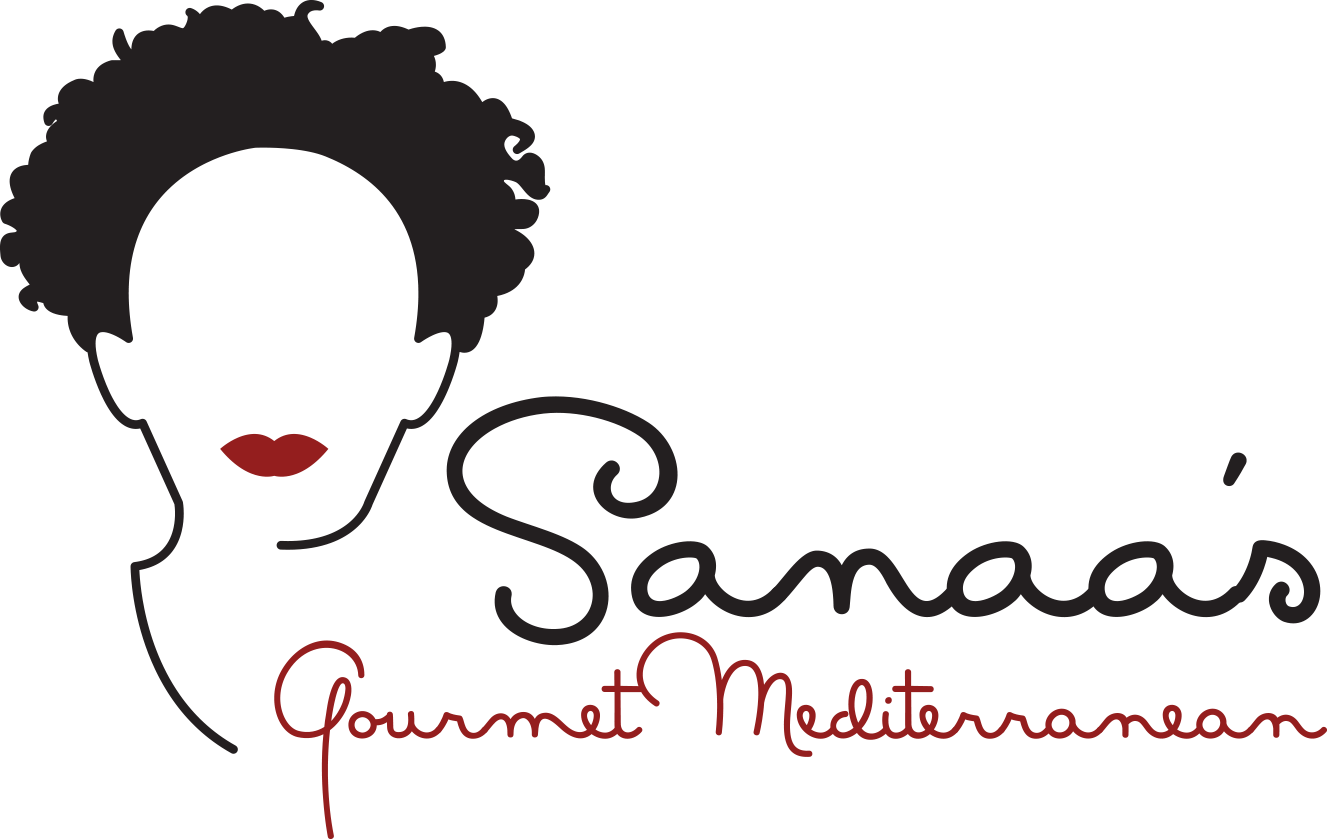The History of Cheese Making
I was reading Little House on the Prairie to my daughter one night last week, a segment where Laura was talking about her mother making cheese. At that time in history, Laura’s father had to find a small calf who had not yet eaten anything but his mother’s milk in order to slaughter it. The reason for this unsavory discussion was that, in those days, the only way to procure “rennet,” an enzyme which is critical to cheese making, one had to find a male calf almost newly born in order to obtain the rennet from the calf’s stomach. There was a hesitation to kill female calves because of their ability to reproduce, which is why a male calf had to be found. By the time I was born in Syria, my grandmother was able to buy rennet tablets in the stores. She used to have me cut the cheese curds all the while telling me about her mother, who had to use the product of a sheep’s stomach, before rennet was available in stores. Rennet is now made from plant extracts, obviating the need to slaughter a young animal.What I think is interesting is that Laura Ingalls Wilder’s family in South Dakota used essentially the same process for making cheese as did my ancestors in Syria, a vast culture apart. Food historians tell us that the discovery of rennet was done by accident, as is most discoveries throughout history. Central Asian nomads, and Bedouins living in the fertile crescent of Syria, Lebanon and Iraq, stored milk in the only available place they had available—the well-washed stomach, sewn shut on one end, of a slaughtered sheep. They discovered that after they carried milk for a time in the stomach, it would curdle and the result was a form of cheese. Ancient murals discovered in Egyptian pyramids showed cheesemaking and buttermaking several thousands of years ago. From biblical sources we have learned that when David escaped across the River Jordan, recorded in 2 Samuel 17:29. He is said to have presented ten different kinds of cheese to the captain of the army drawn up to do battle with Saul. Records show that at one time there was a valley near Jerusalem called, “The Valley of the Cheesemakers.”But leave it to the Romans to convert cheesemaking into an art form, who flavored cheese with apple chips, then made a harder cheese which is today Parmesan Cheese. Roman rulers kept their cheese recipes exclusive to the elite families of Rome, but after the collapse of the Roman empire cheesemaking spread throughout Europe. Homer’s writings in 1184 BC refers to cheese made from the milk of sheep and goats. It is believed that today’s Feta Cheese originated in Greece, and that the Greeks sold it to the Romans at a price of about one cent per pound.People soon discovered that the flavor of a particular cheese depended upon the diet of the cow or the sheep. Presumably, that is why there are so many cheese varieties today—each region or area became known for the flavor of the cheese they made, which in turn depended upon the animal’s diet. Thus, swiss cheese was different from cheddar, which was different from French Brie and Camembert, etc. This perhaps explains why the Italians were suing cheese makers who advertised “Parmesan” cheese that was not made in Parma, Italy, on the grounds that the other cheese was not a genuine Parmesan.Cheesemaking was generally restricted to family farmers until about 1870, when the first cheese factory was recorded in Derby, England. The rest is history.The internet today is flushed with websites telling us about books about cheesemaking, which indicates a resurgence of small family factories throughout the country. One of my best friends is a woman who is the manager of the national cheese factory in Damascus, Syria. She has told me that one must use raw milk in order to make good cheese. The minute milk is pasteurized, the process changes the chemical structure of the protein in the milk, making it difficult to create curds. Cheese factories use a chemical that reverses the effect of pasteurizing, enabling them to use pasteurized milk. Although many factories in Europe still use raw milk. I’ve made cheese with both kinds of milk and I can testify that raw milk is better.All the cheeses in the world start the same way, but it is in how one cooks them and ages them that the cheese comes out differently.
